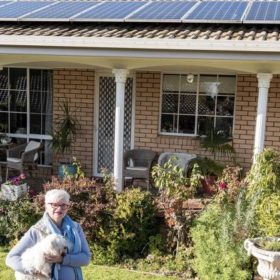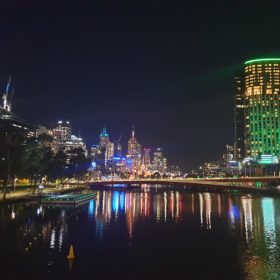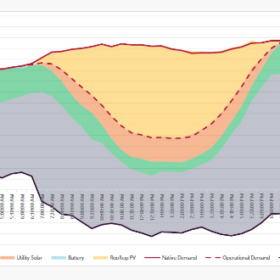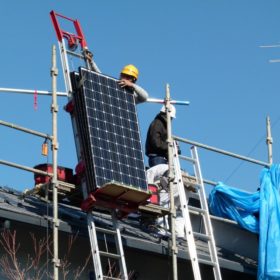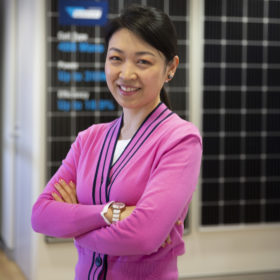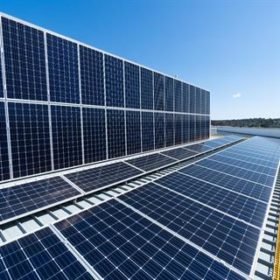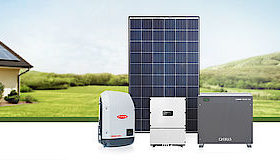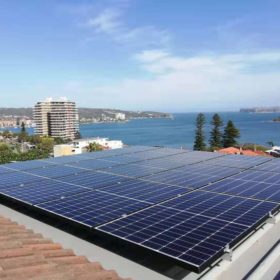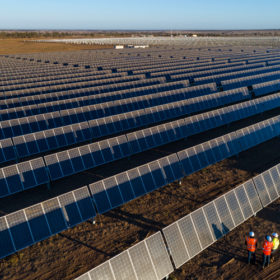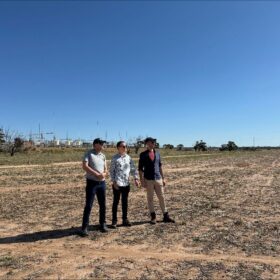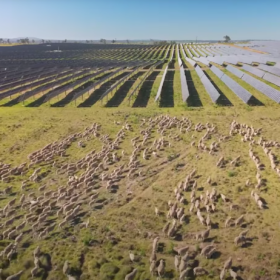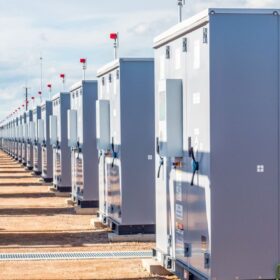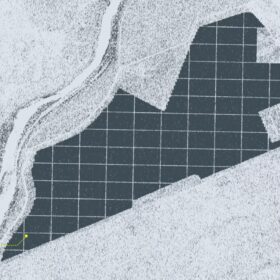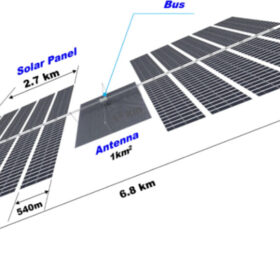NSW Solar for Low Income Households trial begins
The NSW Solar for Low Income Households trial announced last year began this week with room for up to 3,000 successful applicants to enjoy the significant savings to household electricity bills provided by a rooftop solar PV installation.
All Energy Australia Day 1
Welcome to Australia’s largest national showcase of renewable energy at the Melbourne Convention and Exhibition Centre. Follow pv magazine live to keep updated on the latest Aussie solar PV and storage developments and trends from this year’s event, as they happen. Stay tuned!
Solar pushes demand in South Australia to new record low
On Sunday, South Australia set a new record for minimum operational demand at 475 MW. Rooftop solar led the way covering 64% of the total demand in the state.
Commercial rooftops will lead renewables growth in the next five years
Although the International Energy Agency’s latest renewables report forecasts impressive solar growth there is still a nagging feeling it has produced conservative estimates and the emphasis on sharing costs with grid operators is predictable.
Kudos, PV solutions for the masses and IP wars: the importance of being Q Cells
One of the world’s largest solar cell and PV module manufacturers, South Korea-headquartered Q Cells zealously guards its Tier 1 status, its reputation for quality, and its IP based on 20 years of research and development. Key Account Director Myungsin Shim muses on the future of PV in Australia, and a raft of new Hanwha offerings about to hit the market.
Banyule City Council doubles down on aims for carbon neutrality
In a single month Banyule City Council in the north-eastern suburbs of Melbourne has rattled off a Climate Action Package for net-zero emissions by 2028, declared a climate emergency and joined other local governments in a Solar Savers program.
Thor harnesses power of the sun
Thor actor Chris Hemsworth has used his experience harnessing electricity from the clouds to harness electricity from the sun with the installation of hundreds of solar panels on the rooftop of his $20 million Byron Bay mansion.
Q Cells launches fully integrated residential solar power system
South Korean solar module maker Hanwha Q Cells has launched Q.Home in Australia, its new integrated residential solar power system which has seen success in the European market.
Safety first: Solar installer banned from Victoria solar rebate program
Following joint investigations by Solar Victoria and Energy Safe Victoria, the Victorian government has banned a solar installer from the Solar Homes program for at least two years. The investigations found that Space Solar had employed unlicensed electricians to carry out works, resulting in technical and safety defects.
QLD boasts of its solar power takeover
If you’ve got it, flaunt it, and Queensland (QLD) is doing just that. Over the weekend QLD boasted that its solar panels can now produce twice as much electricity as the state’s biggest power station.
